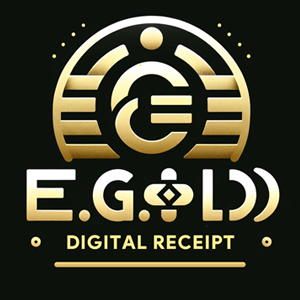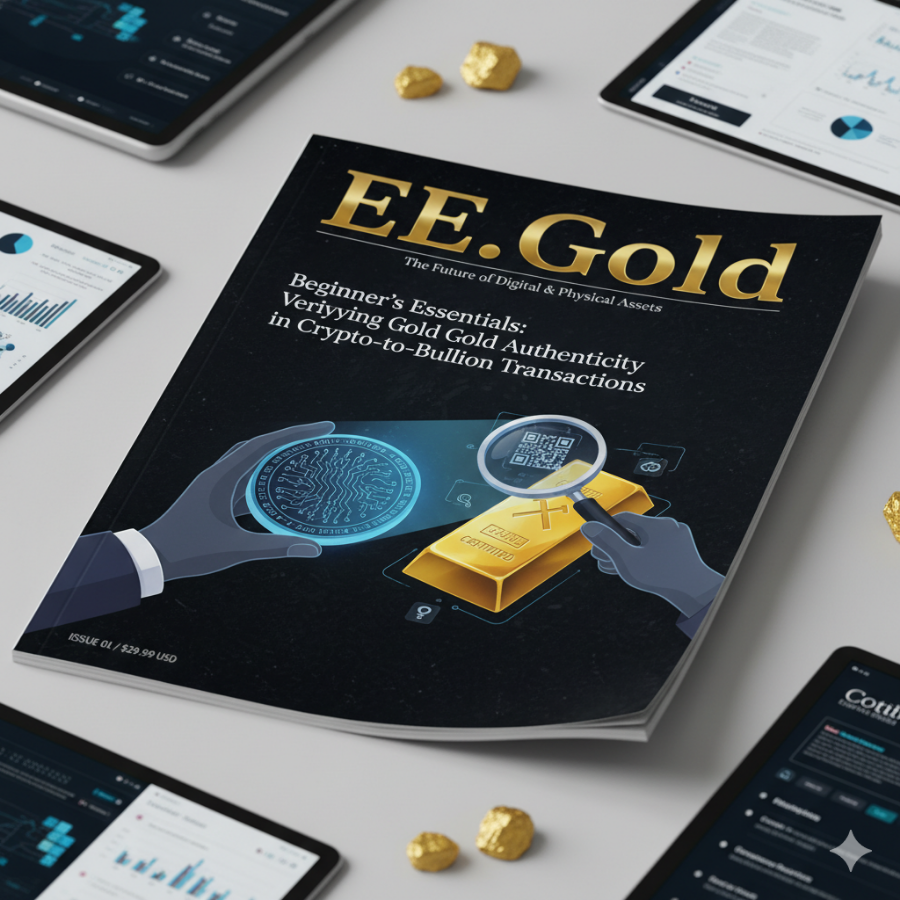
In the fast-evolving world of finance, where digital assets like Bitcoin and Ethereum meet timeless treasures like physical gold, savvy investors are increasingly turning to crypto-to-bullion transactions. This hybrid approach offers a way to diversify portfolios by converting volatile cryptocurrencies into the steady, tangible value of gold bullion—bars, coins, or ingots. But with great opportunity comes risk: counterfeit gold is a persistent threat, especially in online deals where physical inspection isn't immediate. For beginners, verifying authenticity isn't just smart—it's essential to protect your hard-earned crypto gains.
This guide breaks down the basics, from understanding the transaction process to hands-on verification methods. Whether you're swapping BTC for a 1-ounce gold bar or exploring tokenized gold, you'll learn how to spot fakes and ensure your bullion is the real deal. Let's demystify the process step by step.
What Are Crypto-to-Bullion Transactions?
Crypto-to-bullion transactions involve using cryptocurrencies to purchase physical gold products. Platforms bridge the gap by accepting digital payments and delivering actual metal, often shipped discreetly to your door or stored in secure vaults. This method appeals to privacy-focused users, as it bypasses traditional banks and enables borderless trades.
Key benefits include:
- Speed and Convenience: Transactions settle in minutes, far quicker than wire transfers.
- Diversification: Hedge crypto volatility with gold's stability.
- Lower Fees: Skip credit card surcharges; crypto payments often come with discounts.
However, the decentralized nature amplifies risks like fraud or fakes. Always start small to test the waters.
Step-by-Step: Making Your First Crypto Gold Purchase
- Choose a Reputable Platform: Opt for established dealers that accept crypto. Look for those with transparent pricing, insured shipping, and positive user feedback. Examples include specialized sites handling Bitcoin, Ethereum, or stablecoins for gold bars and coins.
- Set Up Your Wallet: Use a secure crypto wallet (e.g., hardware like Ledger or software like Trust Wallet). Ensure it supports the platform's accepted coins.
- Select Your Gold: Browse products like LBMA-approved bars (e.g., PAMP Suisse) or mint coins (e.g., American Eagles). Check for purity (e.g., .999 fine gold) and weight.
- Pay and Confirm: At checkout, scan a QR code or send funds to the provided address. Platforms often use processors to lock in rates and convert crypto instantly.
- Track Delivery: Expect insured, tracked shipping. Upon receipt, verify immediately—don't wait.
Pro Tip: Start with orders under $1,000 to minimize exposure while learning.
Essential Tools for Verification: What You'll Need
Before diving into tests, gather these beginner-friendly tools:
- Magnifying Glass or Loupe: For inspecting stamps (under 10x magnification).
- Digital Scale: Accurate to 0.01g for weight checks.
- Strong Neodymium Magnet: To test magnetism.
- Gold Testing Kit: Includes nitric acid solutions for karat-specific tests (available online for $20–50).
- Ceramic Tile (Unglazed): For streak testing.
For advanced users, consider an electronic tester or app-based density calculator. No fancy lab required—these basics suffice for most home verifications.
Home Tests: Simple Ways to Check Gold Authenticity
Once your bullion arrives, perform these non-destructive tests first. They're quick, cost little, and build confidence. Remember, no single test is foolproof—combine them for reliability.
1. Visual and Hallmark Inspection
Real gold bullion from reputable mints bears precise hallmarks: stamps indicating purity (e.g., "999" for 24K or ".999 fine"), manufacturer logos, and serial numbers. Examine edges or the reverse side with a loupe.
- What to Look For: Sharp, consistent engravings without blurring. Fakes often have sloppy stamps or mismatched fonts.
- Red Flag: No hallmark? Proceed with caution—though some vintage pieces lack them.
- Time: 2 minutes.
2. Magnet Test
Gold is non-magnetic, so it shouldn't stick to a strong magnet.
- How-To: Hold the magnet near the item. If attracted, it's likely counterfeit (e.g., steel-core fake).
- Caveat: Alloys in lower-karat gold might weakly react if mixed with magnetic metals.
- Time: 30 seconds.
3. Weight and Density Check
Gold's density is 19.3 g/cm³—fakes using lighter metals like tungsten (19.25 g/cm³) are close but detectable with precision.
- How-To: Weigh on a scale (e.g., a 1-oz bar should be 31.1035g). Measure volume via water displacement (submerge in a graduated cylinder; note rise in water level). Calculate: Density = Weight / Volume.
- Tip: Compare to official specs for your product. Apps can automate this.
- Time: 5 minutes.
4. Float Test
Pure gold sinks due to its heft.
- How-To: Fill a glass with water. Drop the item—if it floats or hovers, it's fake or plated.
- Caveat: Ineffective for very small pieces.
- Time: 1 minute.
5. Sound (Ping) Test
Genuine gold rings distinctly when tapped.
- How-To: Lightly tap with a metal tool (e.g., spoon). Listen for a clear, resonant "ping" lasting 1–2 seconds. Fakes sound dull or "thud."
- Tip: Practice on known real items.
- Time: 1 minute.
Advanced Tests: When to Escalate
If home methods raise doubts, try these for deeper assurance:
Acid Test
Scratch the item lightly on a test stone, apply nitric acid (from a kit), and observe.
- How-To: No reaction (clear solution) means high purity. Green fizz? Fake (base metals dissolving).
- Safety: Wear gloves; ventilate. Kits have carat-specific acids.
- Time: 3 minutes.
Ceramic Streak Test
Rub on unglazed ceramic.
- Result: Gold streak = real; black = fake.
- Time: 1 minute.
For ultimate peace of mind, visit a jeweler for XRF (X-ray fluorescence) scanning—non-destructive and accurate to 0.1% purity. Costs $10–50 per item.
Best Practices for Safe Crypto-to-Bullion Deals
- Vet the Seller: Confirm LBMA certification for bars. Insist on certificates of authenticity (COA) included with shipment.
- Secure Storage: Use insured vaults if not taking possession immediately. For home, opt for safes or hidden spots.
- Tax Awareness: Track transactions—swapping crypto for gold may trigger capital gains taxes. Consult local rules.
- Avoid Scams: Never send crypto first without escrow. Ignore unsolicited offers.
- Start Small: Test with a 1g bar before scaling up.
| Test Method | Ease for Beginners | Accuracy | Cost | Destructive? |
|---|---|---|---|---|
| Hallmark Inspection | High | Medium | Free | No |
| Magnet Test | High | Low-Medium | Free | No |
| Weight/Density | Medium | High | $10–20 (scale) | No |
| Float Test | High | Low | Free | No |
| Sound Test | Medium | Medium | Free | No |
| Acid Test | Medium | High | $20–50 (kit) | Minor scratch |
| XRF (Professional) | N/A | Very High | $10–50 | No |
Wrapping Up: Build Wealth with Confidence
Verifying gold in crypto-to-bullion transactions empowers you to bridge digital innovation with enduring value. By mastering these essentials—from platform selection to hands-on tests—you minimize risks and maximize returns. Remember, authenticity is your safeguard; always cross-verify and buy from trusted sources.
As crypto and precious metals converge, staying informed is key. Start with a small trade, test rigorously, and watch your portfolio grow. Your golden future awaits—secure it one verified bar at a time.
NOTE
This Content is the copyrighted content of EE.GOLD. All rights are reserved. You are welcome to share or use our content only by including direct links to our website. Any other form of reproduction, distribution, or use without proper attribution is strictly prohibited.
This Content is intended solely for educational purposes. The information provided does not constitute financial or investment advice.
Please note that Digital Storage Receipt, Secure Storage Solutions, and Physical Gold Sales are the only services offered by EE.GOLD.
We strictly adhere to government regulations and are firmly against all illegal financial or investment activities globally.
For further inquiries, feel free to contact us through our official channels.


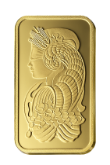

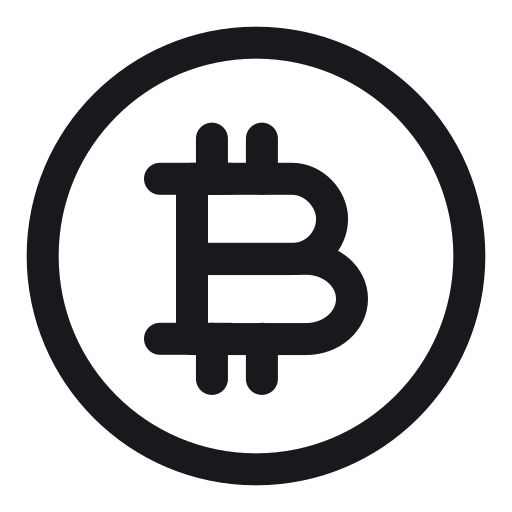

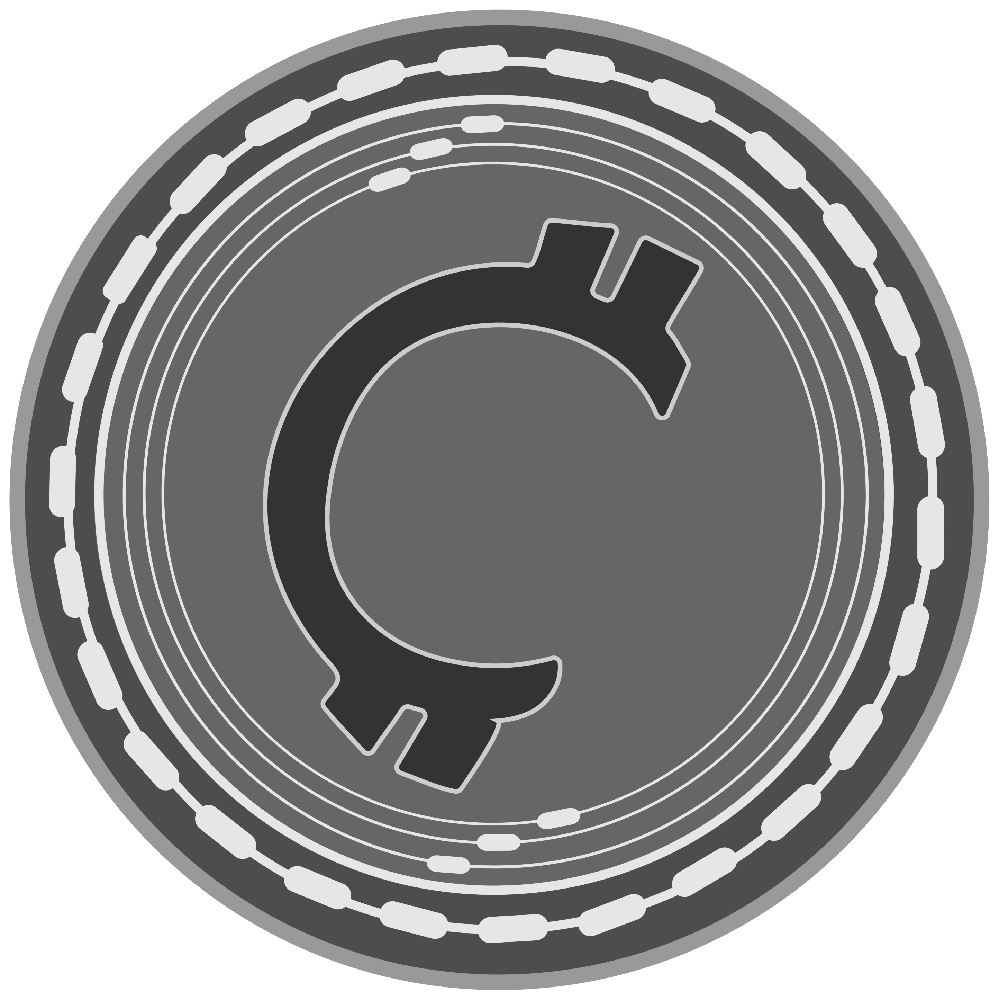

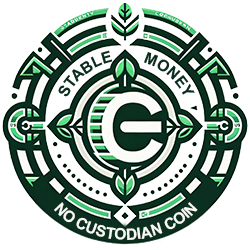

.png)

